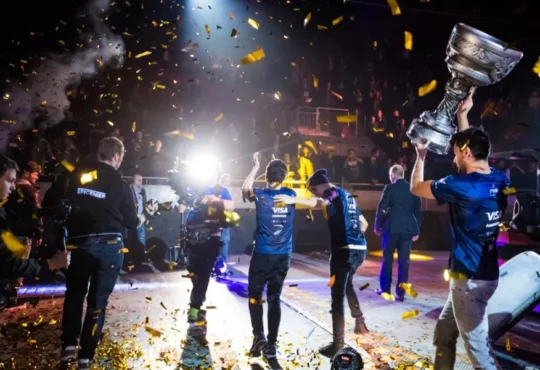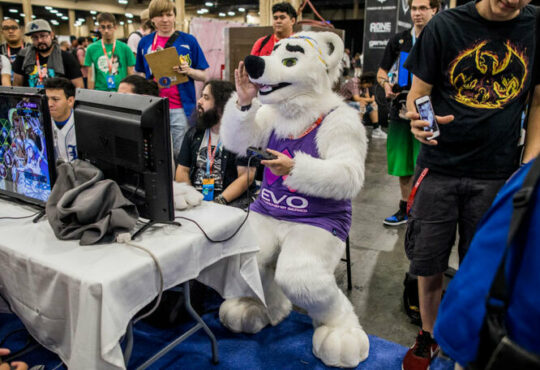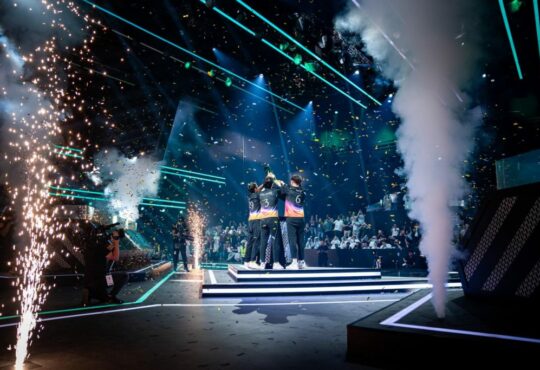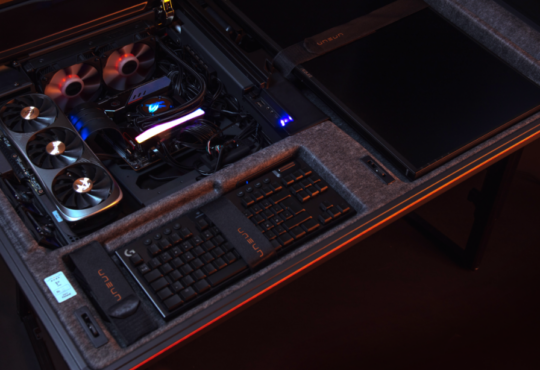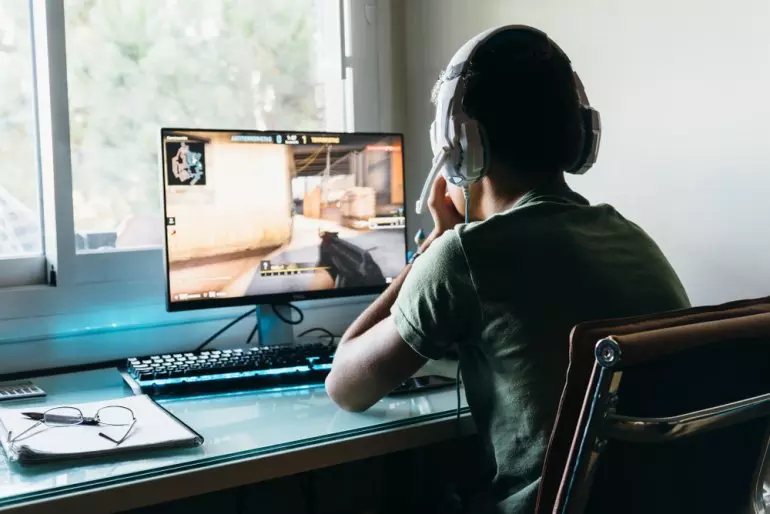
A decisive turning point in eSports
In the 1990s, it became clear that the future of competitive gaming would be found on PCs and in the network. As hardware became cheaper and more powerful, PCs became interesting for private households and thus also for the games industry. In the mid-90s, the first large LAN parties started, where gamers could compete with each other. But it wasn’t just on a large scale that gaming via the network was becoming increasingly fascinating, especially on a smaller scale. More and more gamers met at small network sessions and played their favorite games.
From these meetings emerged the early clans that would drive professional play. For soon these teams competed against each other in the larger tournaments. With the advance of networking and the possibility of private Internet connections, the previous regional restrictions also fell away. Games such as Doom, Quake, Unreal Tournament or StarCraft are now an integral part of eSports history. They laid the foundation for playing against each other – whether in a team or alone.

As a result of this development, the first eSports leagues were founded towards the end of the 1990s: For example, the Electronic Sports League, which emerged from the “German Clan League” (DeCL), or the “ClanBase”, which was launched in 1998.
eSports Germany: A Rapid Development
The popularity of the topic in Germany was demonstrated in 1999 by the “Gamers’ Gathering” in Duisburg. Here, more than 1600 players from all over Europe gathered to compete against each other in various games. In South Korea in particular, eSports was professionalized with the founding of the Korean e-Sports Association (KeSPA) in 2000, which from the very beginning focused on the possibilities of marketing eSports on TV.
And yet another highlight of 1999 favored network gaming against each other in teams: Counter-Strike. The game was released on June 19, 1999 and was the result of a small team of students. The gameplay revolves around the fight of an anti-terrorist unit against terrorists on a limited map. The game is played in rounds of five minutes each. The game spread rapidly and became a real multiplayer hit – and is still one of the most successful games in eSports history.
The 2000s: Worldwide networking as a guarantee for success
Thanks to developments in South Korea, the first “World Cyber Games” (WCG) were held here in Seoul in 2000. In 2003, the first Electronic Sports World Cup (ESWC) was played in Poitiers, France. The so-called “Grand Final” of this tournament was played in Paris in the summer. While the initial focus was on PC games, console titles were gradually included in the competition canon. Halo 2 is particularly worthy of mention here, which has played a pioneering role in console gaming since 2004.
In 2005 , the”CPL World Tour” (Cyberathlete Professional League) was the first eSports event to be endowed with one million dollars. The game played was Painkiller, which was indexed in Germany at the time. The entire series was held in ten cities around the world and ended with a final in New York, which was broadcast live by the music channel MTV. The winner of the tour was the Dutchman “Sander “Vo0″ Kaasjager”, who earned a prize money of over 250,000 US dollars – while the winner of the final was the US American “Johnathan “Fatal1ty” Wendel”.
And finally, the “Championship Gaming Series” (CGS for short) caused a sensation in 2007. The competition was held for the first time that year and offered prize money of over one million US dollars. Together with the associated player salaries of around five million US dollars, this resulted in the most expensive eSports tournament of all time.
Conclusion
In almost 70 years of computer gaming history, eSports has now established itself in many countries around the world. As a result, prize money has increased significantly, events are growing every year, and even eSports betting is offered. From a small niche, it has become a multi-media billion-dollar market that is now attracting many investors.
